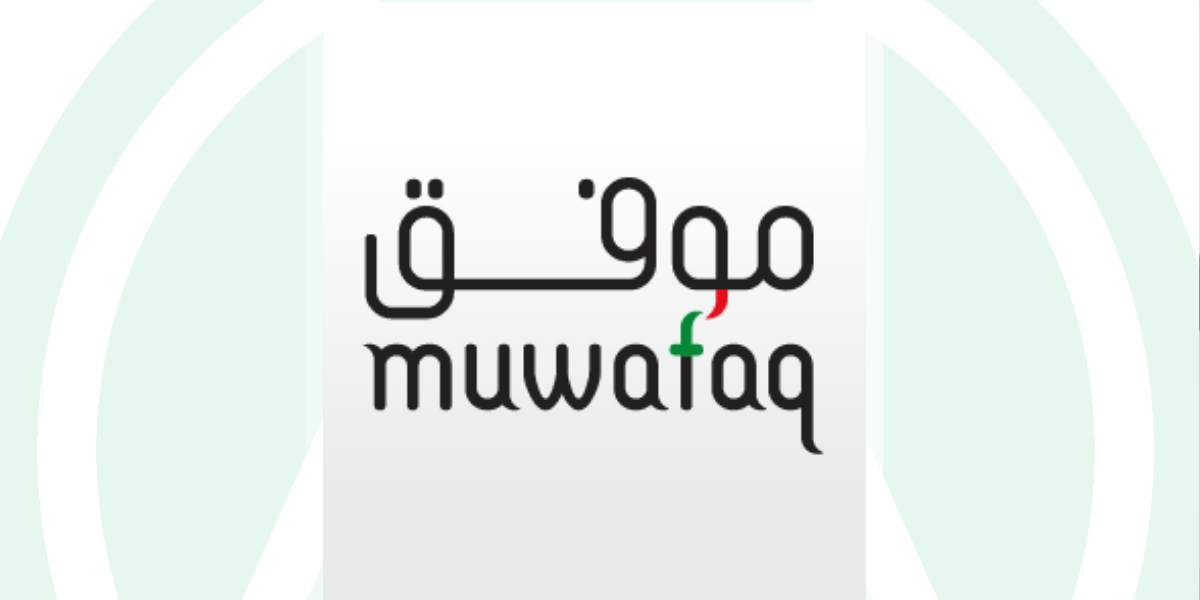What is an audit? What does an audit involve?

Introduction
The audit is a process of thorough examination and analysis of financial records and reports of an organization to infer its overall performance of it. A typical financial audit involves checking the Income Statement, Balance Sheet, Cash Flow Statement, Statement of Equity, and in some cases if the ledgers are maintained as well. It is kind of a 360-degree approach towards ensuring the accuracy, safety, and security of all your information and data. Every bit of the detail from the financial records, entries, and transactions is checked to make sure that the information recorded is all accurate. Be it your accounting and bookkeeping, financial information, or the annual reports; audits are performed to give you higher confidence in the information extracted through them.
Types of Audits
Different kinds of audits are performed to various degrees and for achieving several of these objectives, including Information Technology Audits (for the thorough analysis of information systems used in organizations), Network Audits (to ensure the integrity and safety of networks and to keep it safe from unauthorized access), Cyber-Security Audits (to keep information safe that is passed on through internet like credit card information or financial details shared among the members through email), etc. This particular account, however, focuses on financial audits.
Importance of Audits
Audits are required for the survival and continuity of businesses because the accuracy of data is essential to reach effective decision-making. In the world of financial decision-making, data is considered sacred. One seemingly minor mistake, and you can face losses of millions. Thus the data need to be complete, accurate and updated as and when required. This needs auditing for two major objectives - ensuring there are no mistakes in recording the entries, and that no fraudulent intentions are involved in recording transactions, maintaining data, and preparing reports. Considering such a crucial nature of audits, it is of prime importance to ensure that the auditors are themselves professionally trained, experienced, and qualified to be able to deliver the desired results. Organizations that intend to hire external auditors must look for professionally trained and honest ones that can ensure transparency throughout the procedure.
Ensuring Effective Audits
Many steps and considerations are involved in ensuring that the audit achieves its desired objectives and the intended purposes are solved. For instance:
- Ensuring that the right information has been recorded at the right time,
- The required changes have been made in the previous records as per the requirement,
- The recorded information is inferred accurately, and
- correct decisions are made based on the inferences drawn.
Various sources of information are accessed, and the inferences drawn from each source are reconciled before a decision is taken, and several such steps are involved. For this purpose, two kinds of auditors are usually involved- internal and external. Internal auditors are there to see if any mistakes have been made or if there is wrong information recorded or processed. The external auditors, on the other hand, are included to get an outsider’s perspective and to get an additional check and opinion. Organizations include external auditors because the internal members are all usually attuned to the internally prevailing structures and procedures and external auditors bring a new lens to view things differently, thus enabling out-of-the-box thinking.
Preparing for Audits
Audits are only effective when they are conducted after careful planning and preparation. This may involve the following steps:
- Need Identification or Scheduled Audits
The first thing is to decide when audits are supposed to take place. Depending on the needs of your organization, you can either choose to fix a schedule for periodic audits or choose to perform them when the need arises. A common practice is to perform periodic audits to keep everything in check because it is otherwise a challenge to identify the triggers that can lead to the identification of the need for an audit.
- Identifying Audit Objectives
The objectives of the audit must be established before you dive into the procedure. Some examples can be:
- What is it that you are performing an audit for?
- Do you need to ensure transparency of the information passed on to the shareholders, or do you want to make some decisions based on it?
- Is it a suspected employee you want to confirm the fraud?
- Are you doing it just to ensure the accuracy and reliability of the information recorded?
Whatever is the prime objective, it must be clearly understood and communicated among the members who are to be involved in the process.
- Deciding the involved members and their respective roles
Who are the core team members in your organization? Who do you trust the most? To whom the sensitive information can be shared? All of these questions need to be answered to be able to decide who you would involve in the audit procedures and what contribution they are going to make in the process.
- Initial Meeting
An initial meeting is a mandatory step in any audit process. It is this meeting in which the members who are to be involved participate, and the agenda of the audit is discussed and communicated to the other members inside and outside the organization.
- Performing Audit
Once this planning and preparation phase is passed through, then the actual audit takes place, which involves a thorough analysis of the information or systems or departments whose audit is taking place.
- Ensuring Transparency
One of the major challenges in performing audits is ensuring transparency. People involved in the audit must be reliable enough to ensure this integrity and transparency. Various precautionary steps are taken for this purpose, like:
- Rotating auditors into different departments
- ensuring that the external audit teams do not get to develop personal terms with the internal members
- Confirming no bribery takes place for misinformation, and no such activities take place.
- Communicating Results and drawing inferences
Once the audit has been performed successfully, the results of it are communicated to other members, and inferences are drawn from the results of it to be able to make effective decisions.
DISCLAIMER
This article is written in general terms and therefore cannot be relied on to cover specific situations; application of the principles set out will depend upon the particular circumstances involved and we recommend that you obtain professional advice before acting or refraining from acting on any of its contents.

.webp)







%20Widgets%2C%20Shortcuts%20%26%20Customisation.jpg)







.webp)
.webp)


.png)
.png)
.png)
.png)
.png)

.png)
.png)



.png)
.png)





.jpg)


.jpg)





.png)
.png)






.png)


